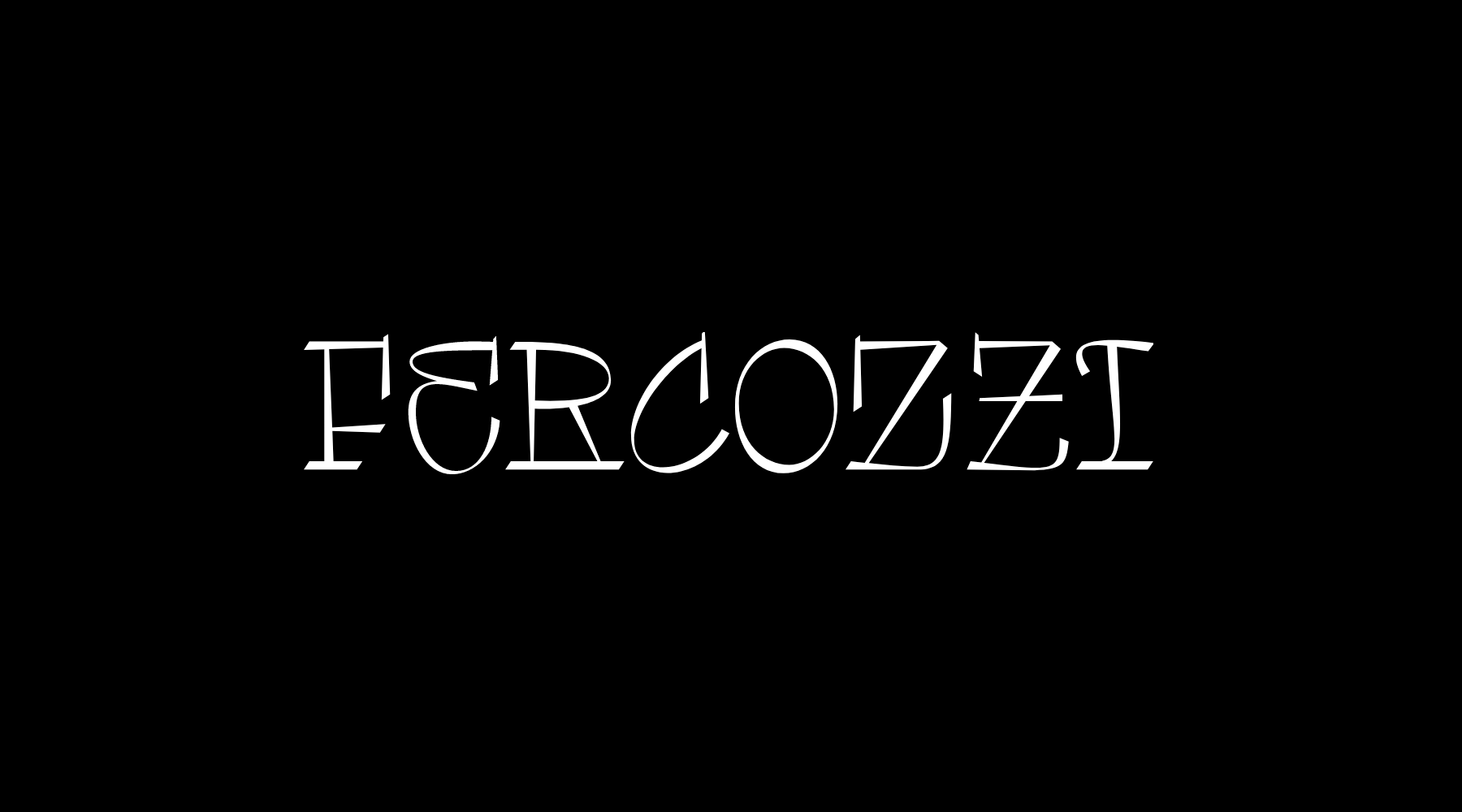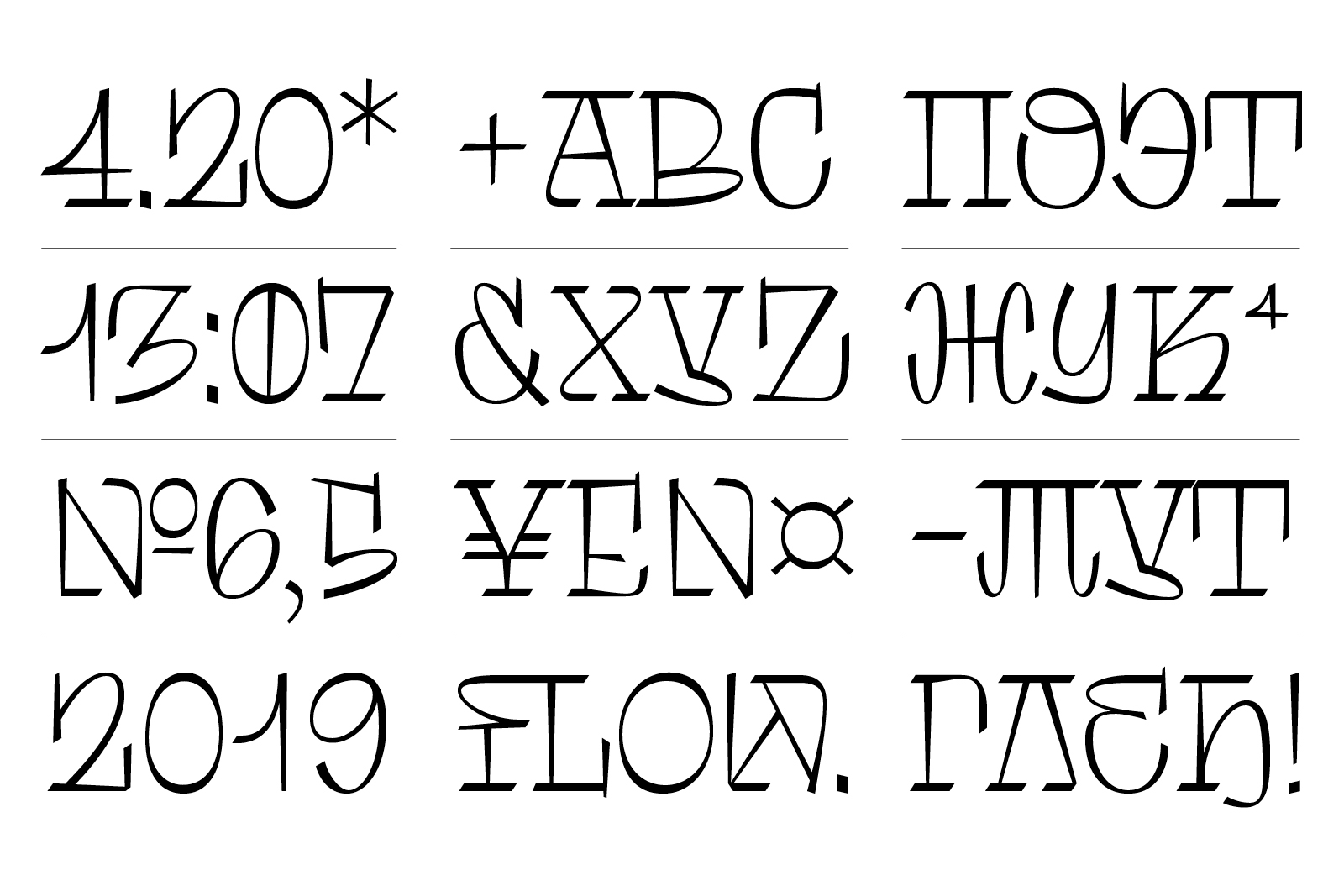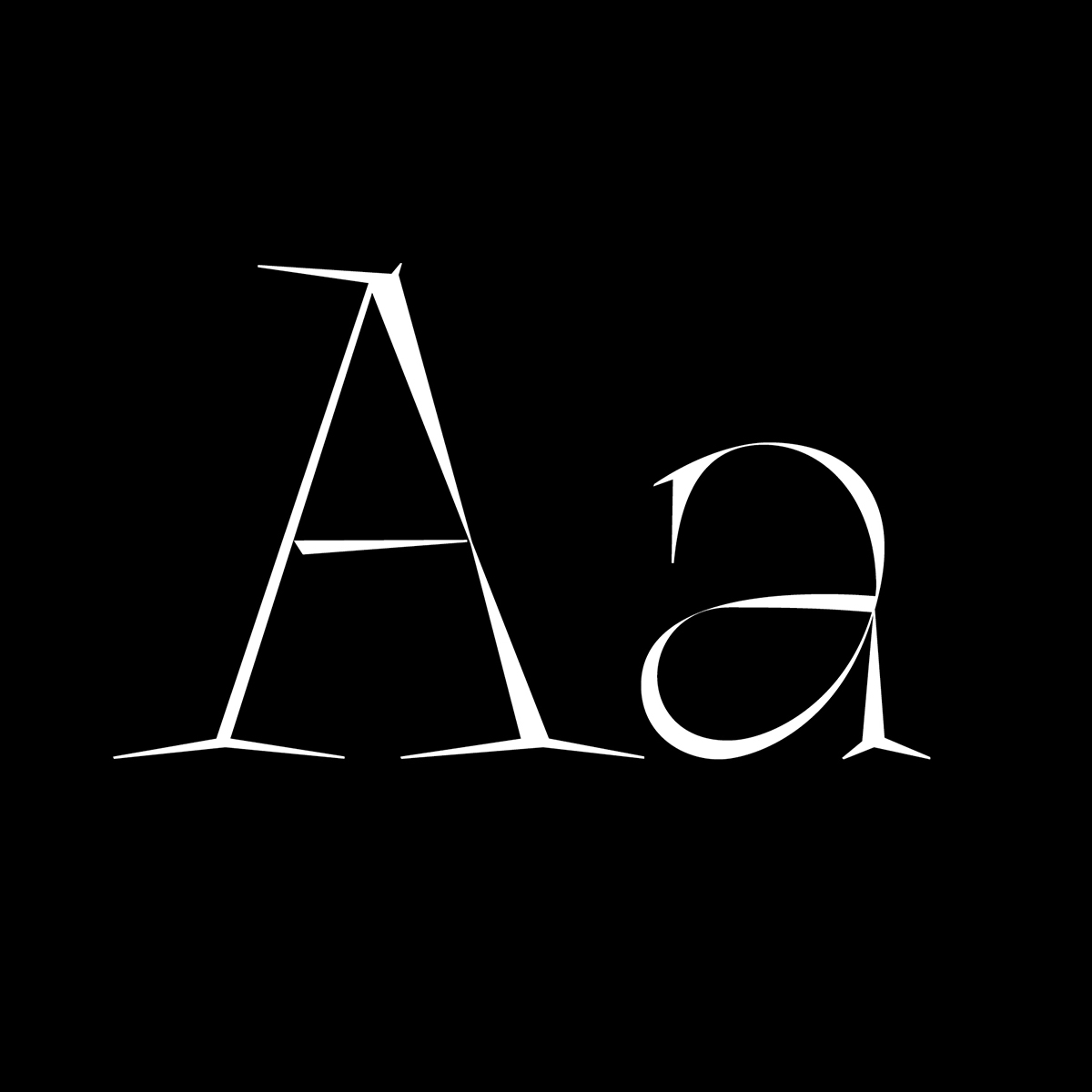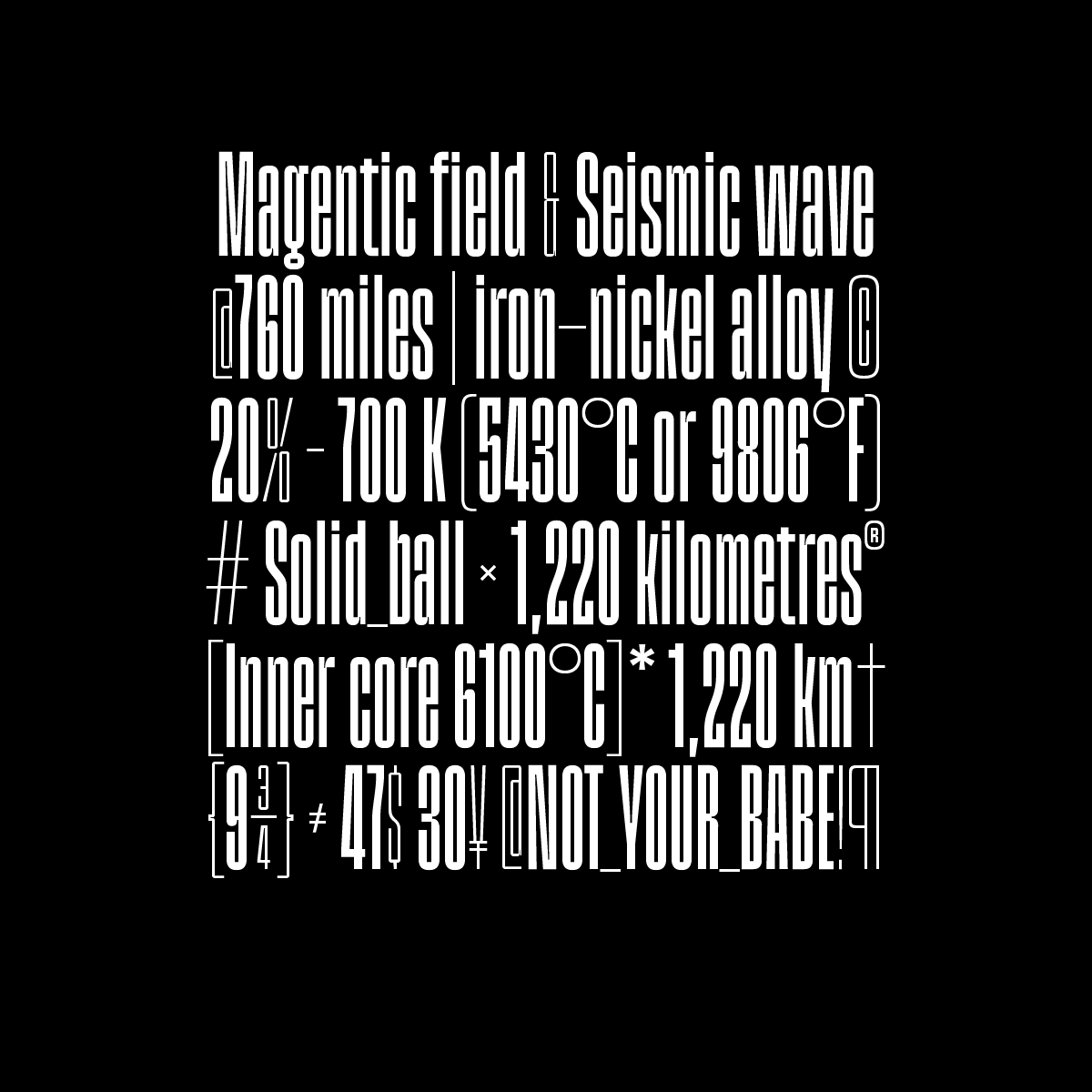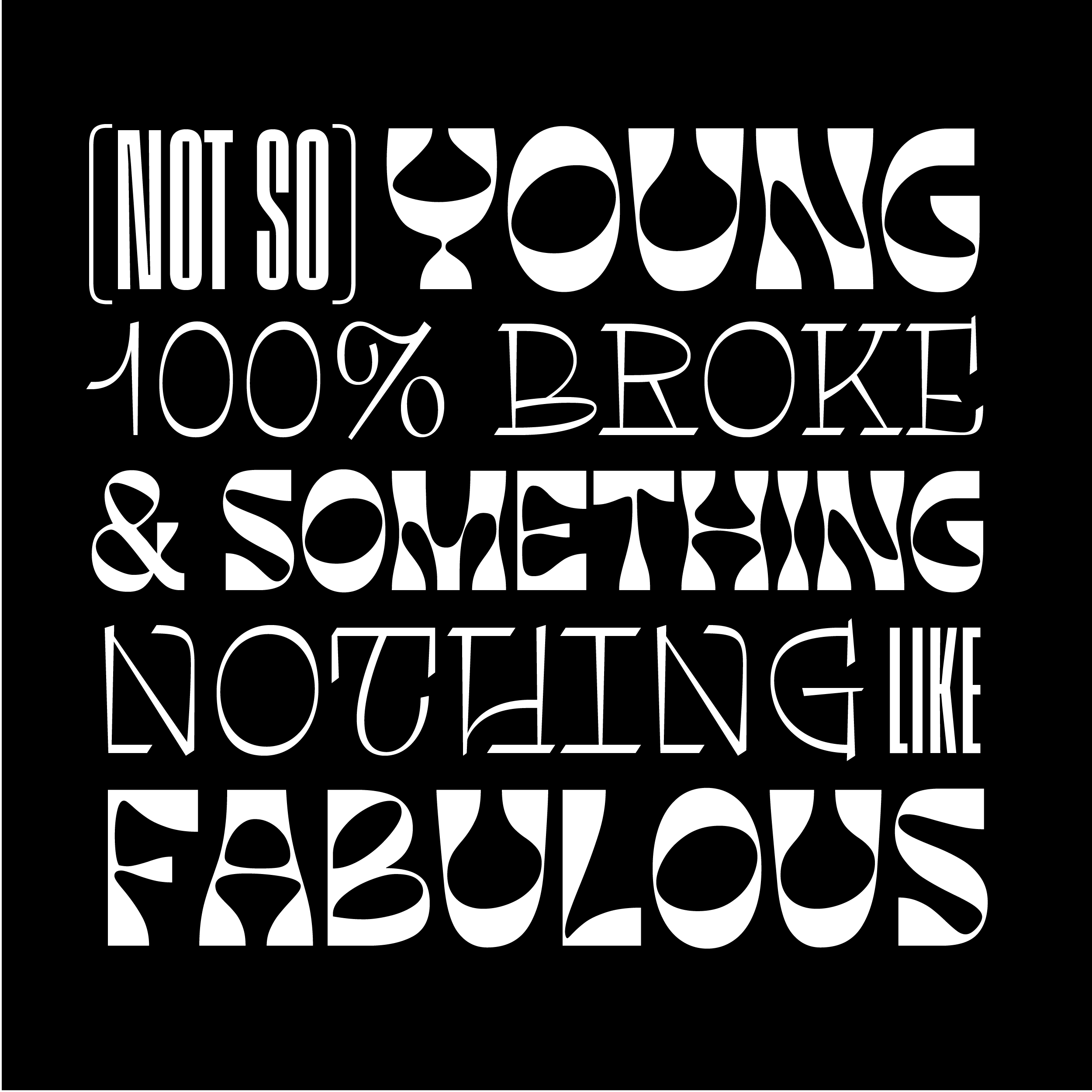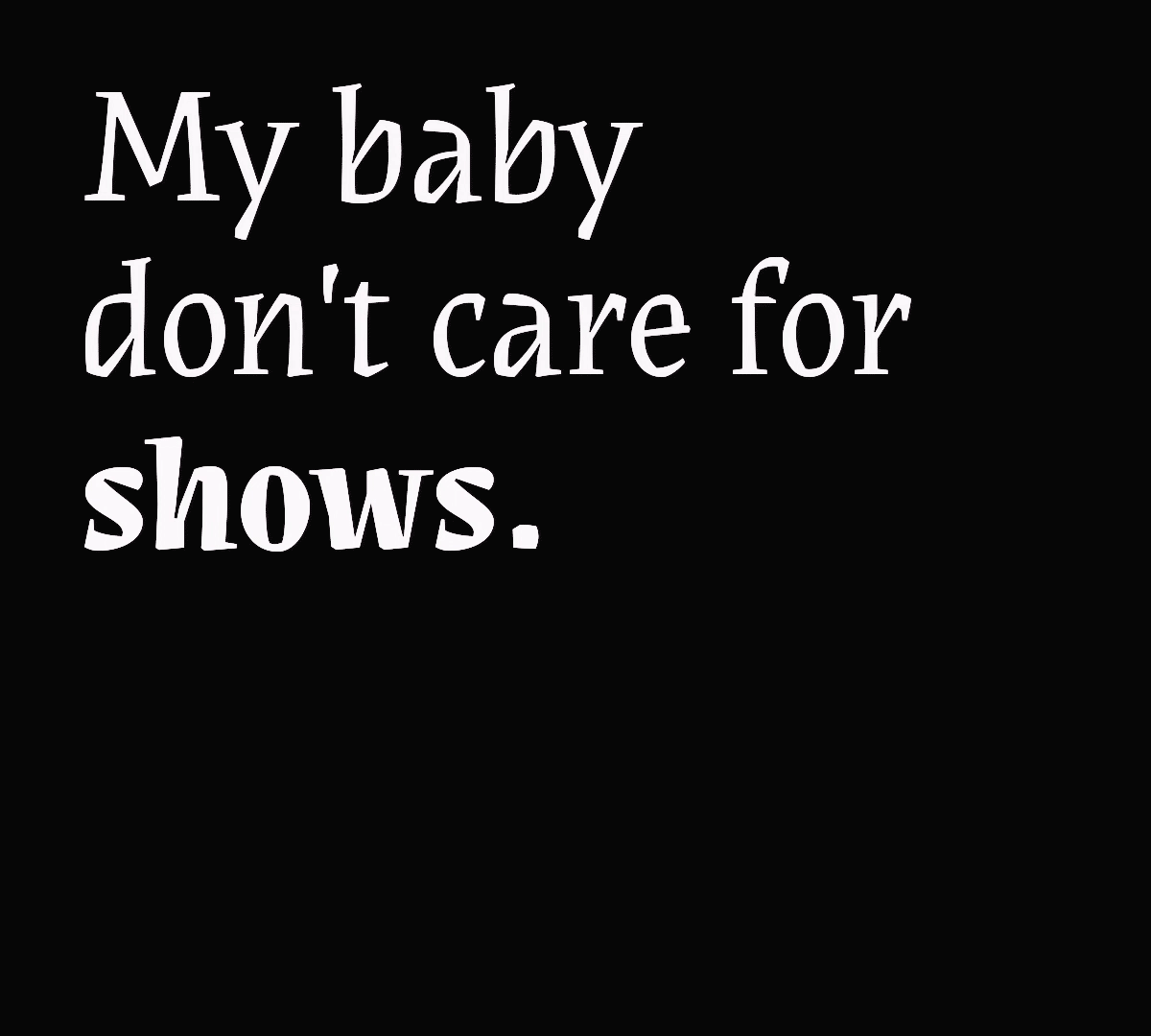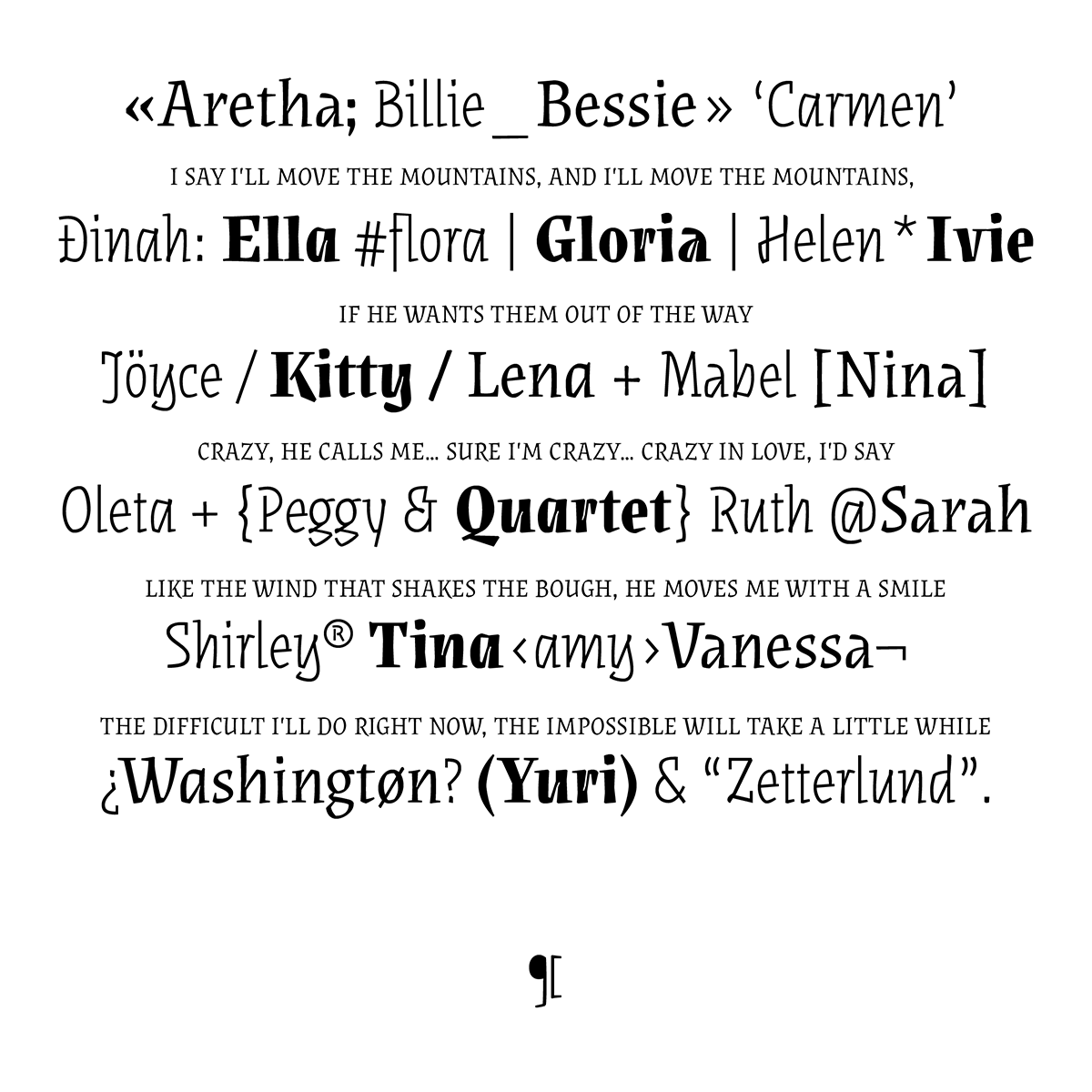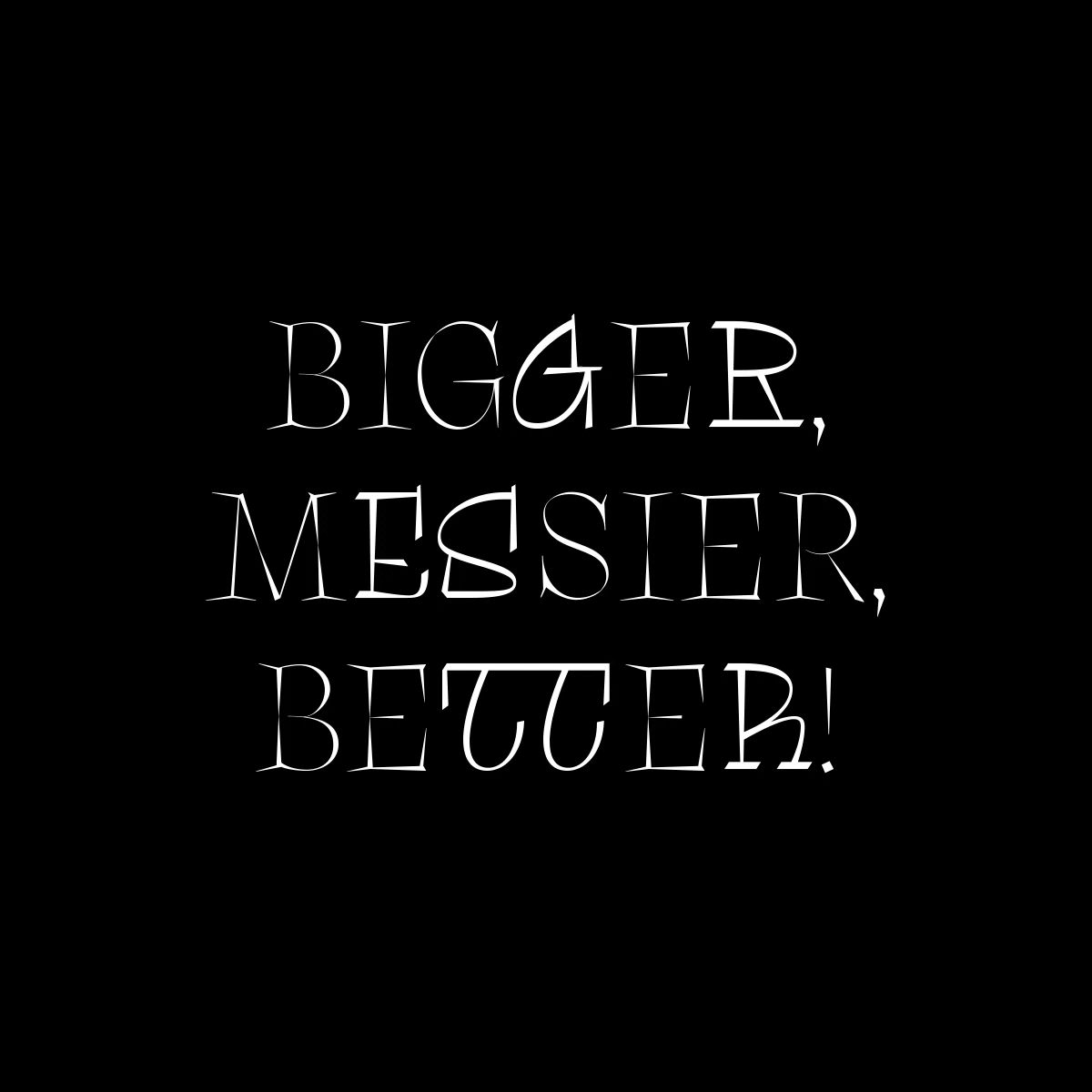AN INTERVIEW WITH FER COZZI: "TYPOGRAPHY IS WHIMSY, CONVENTION AND ALSO POSSIBILITY"
IG: @fercozzi_letras
Argentinian type designer Fer Cozzi (Buenos Aires, 1986) began drawing in her early childhood, encouraged by her father. Contrary to the aspirations of many parents, he fantasized about the idea of his daughter studying Fine Arts. Thanks to a pair of books she borrowed from her secondary school teacher, Rubén Fontana's "Typographic Thought" and Jan Tschichold's "The New Typography", she became passionate about letters and went on to study Graphic Design, specializing in Typography Design. She became, in her own words, "a letter groupie"
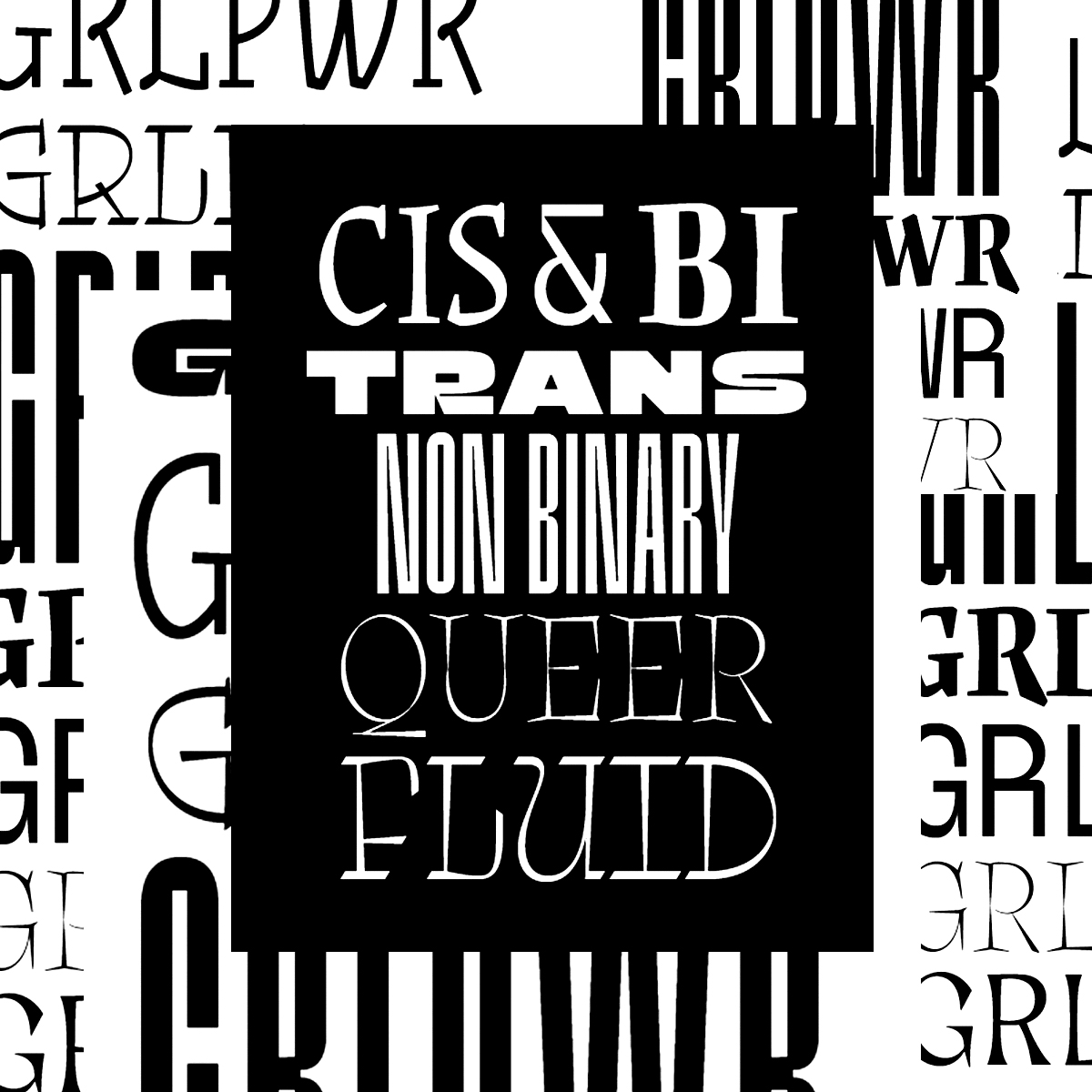
Fer has a love affair with typography. When we ask her what drives that love, she answers, "I fell in love with everything about typography, from the arbitrariness of saying that a letter is a sound, to having to come up with a highly connective system of fully whimsical forms. Typography is whimsy, right from the jump it is all about conventions and possibilities. I don't know of another field that has both, ground to explore and fixed limits. That's a beautiful, fun challenge. I work in typography because it is fun for me, and having fun takes a lot of work."
I work in typography because it is fun for me, and having fun takes a lot of work
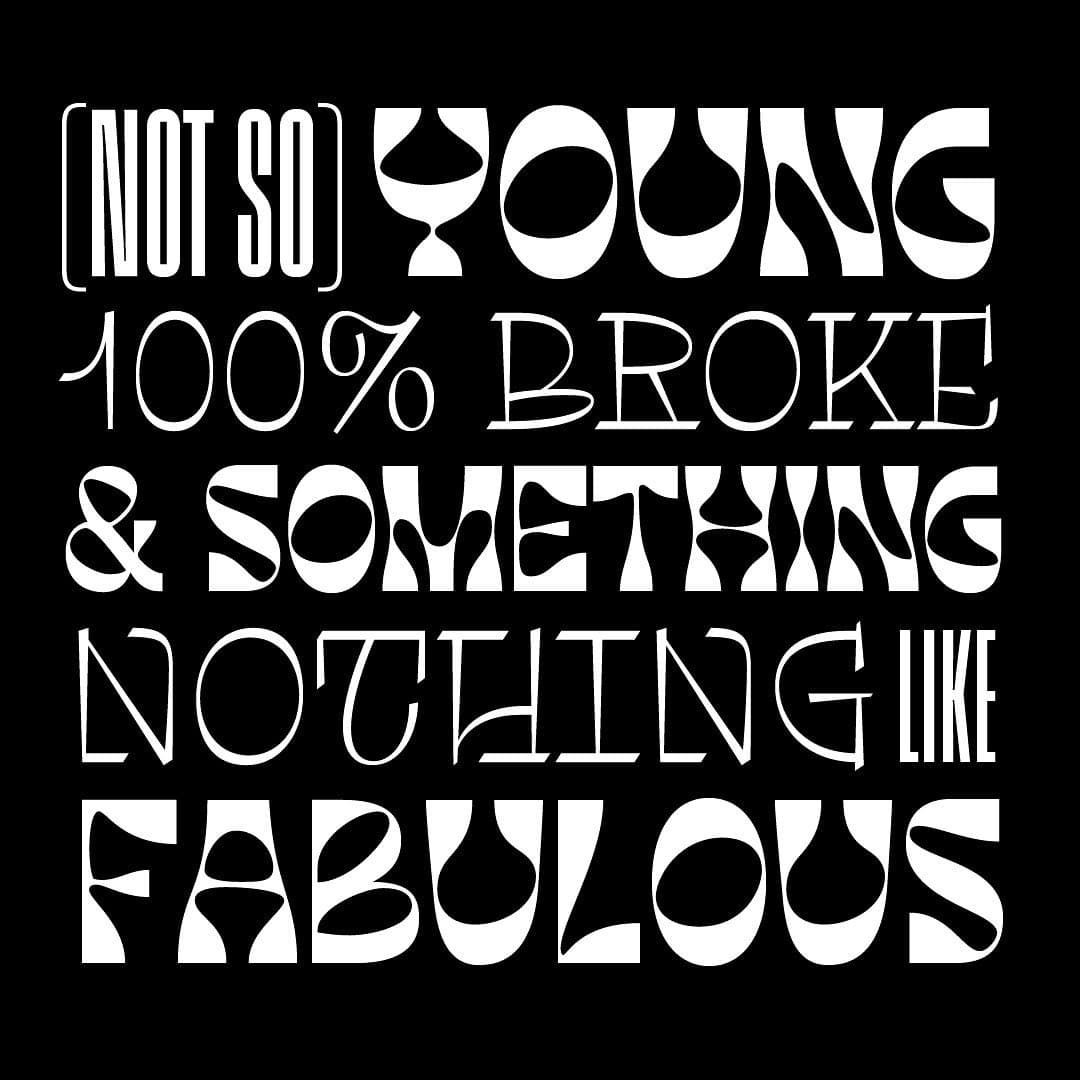
Fer participates regularly in the Tipos Latinos Biennial representing Argentina, everyone involved in the letters scene throughout the Latin American continent has noticed the region's constant improvement, and the designer agrees:
"I have been involved with Tipos Latinos for several years, and each time I’m surprised by something new. People are thinking and doing things with concerns and freedoms that push the boundaries of the collective imagination for Argentine or Latin American type design.
Yes, there is a more 'Latin' way of designing fonts: more irreverent, less formal, an 'I don't know what I'm doing but I'll do it anyway' attitude. But there is also an interest in being more "neutral", in disguising our provenance. In Argentina there is a lot of interest in every aspect of letters (calligraphy, lettering, typography...), but there is still no concept of a type industry when it comes to its design and legal use. We have to keep hustling, insisting, making things happen, talking... until it becomes understood and understandable as a profession, the way illustration or photography have. Although it frustrates me to think that production could be reduced to thinking about what sells, because we will miss out on trying things".
There is a more 'Latin' way of designing fonts: more irreverent, less formal.
Fer Cozzi defines her fonts as hysterical but in the process of growing up, and her designs as eclectic and cheeky, a combination of various influences, as she says, "a summation of contingencies, a cocktail of personalities" that could not belong to anyone else and that inevitably blend together. She operates under two mottos: "fake it till you make it" and "when in doubt, scare them". However, her typefaces do share one common peculiarity: they all have women's names.
"I consider myself a feminist and I like to say it whenever I get the chance. All my fonts are named after women, not just on a whim, but also in reference to characters I admire or find interesting. It is an homage and an opportunity to highlight and value the role of women, not as muses but as 'makers'".
To elaborate, she explains the meaning of each name.
"The names emerge when the letters take on a stronger flavor and rhythm. They sing and dance and have voices of their own. Tomasa, for instance, embodies a way of appropriating urban and musical forms: it is named after a Chilean singer, Tomasa del Real. Augusta (still in development) is a monospace named after the first programmer in history, Ada Augusta Lovelace. Rosalind was born from a 'scientific' and modular concept of typographic forms, so I looked for a reference in science to baptize it: Rosalind Franklin. Likewise, Gabriella got a seemingly random name when I saw her character: she was sturdy, strong and loud... so I named her after the Little Mermaid's deaf friend from the animated series. Síncopa is named after the jazz singers I was listening to while working: Billie Holiday, Nina Simone and Ella Fitzgerald, and the unexpected, uneven rhythms of their musical style. As for Aidé, it was the name of my pet: an albino hedgehog from whom I derived the shapes, idea and overall tone of the font. It's not just about giving them women's names, it's about the stories they tell."
I consider myself a feminist and I like to say it whenever I get the chance
Fer's gesture is not a small one. In 2020 she was the only woman and the only Latina to be selected by the Type Directors Club as an "Ascender", a highly esteemed recognition in the world of letters.
"Type design is an industry and field dominated by white men from developed countries. I have been in situations where other designers assume that I'm a man... maybe because of my name, my work, who knows. I don't think they mean any harm, it's more of a predisposition to believe that typography is mostly men’s work. Taking part in events, contests, etc., has to highlight the diversity that exists in the whole field, not just in terms of genders but also in ways of thinking. We have to demystify the existing narrative about women in typography, more associated with calligraphy and lettering, or being someone's wife. The TDC’s recognition motivates me to keep doing, learning, improving".
Fer is also an assistant professor of the Master's degree in Typography at the University of Buenos Aires and teaches a typography course at UCES University. Designing typography when you are comfortable enough in your style and creative process to break the rules is different from teaching those rules.
To teach is to be willing to immerse yourself in someone else's will, with no control over it. Teaching is joining in the process and addressing questions with possibilities more than answers. Teaching a class makes me go through ideas and choices that are not the ones I would make if things were only up to me. However, it forces me to think more deeply, to stretch myself, to twist myself into a knot of arguments that may or may not have a logic that I understand. As a designer, I become the student and I seek to be questioned, to be made to doubt, to be forced to justify what I do... although I admit that I don't always apply the advice I get because that is the point of making decisions".

Fer Cozzi is currently developing the types Aimé, Aidé and June simultaneously, in collaboration with type designer Oscar Guerrero. "I'm pretty restless, anxious and intense, and I can't sit still and do nothing. It's also hard for me to focus on just one thing, so I work on several projects at the same time to manage my anxiety. Besides, having a lot of things in the works helps me with perspective, so I can think critically about what I'm doing".
